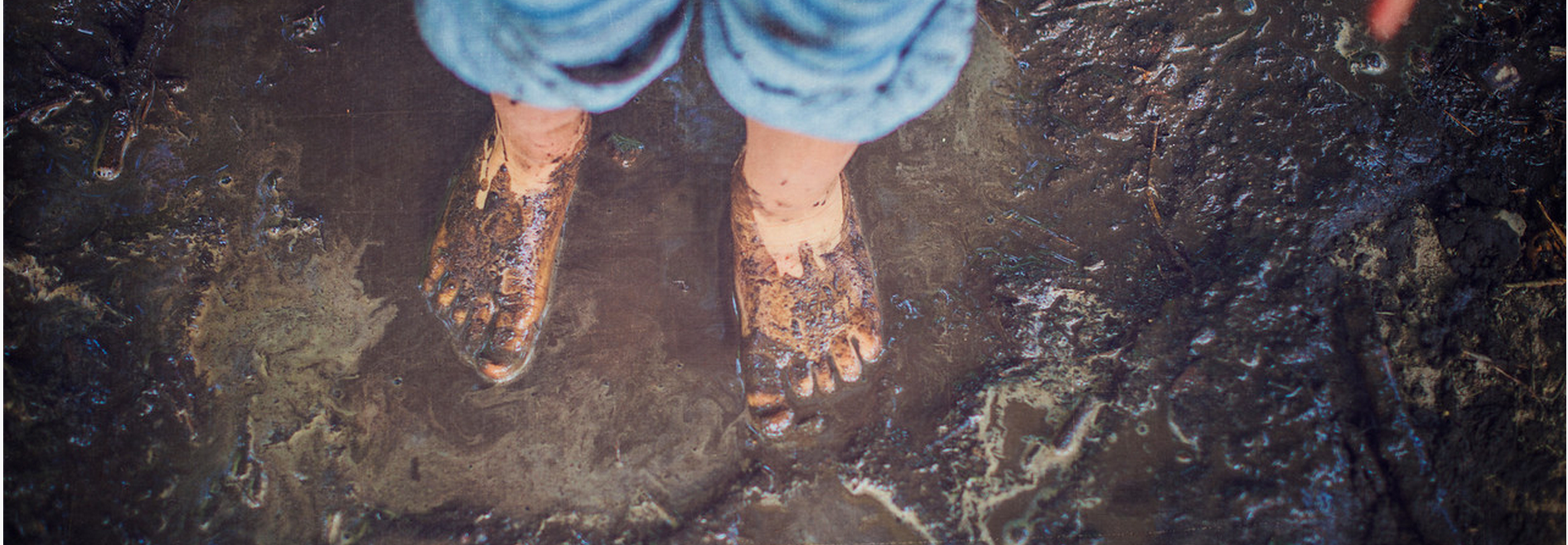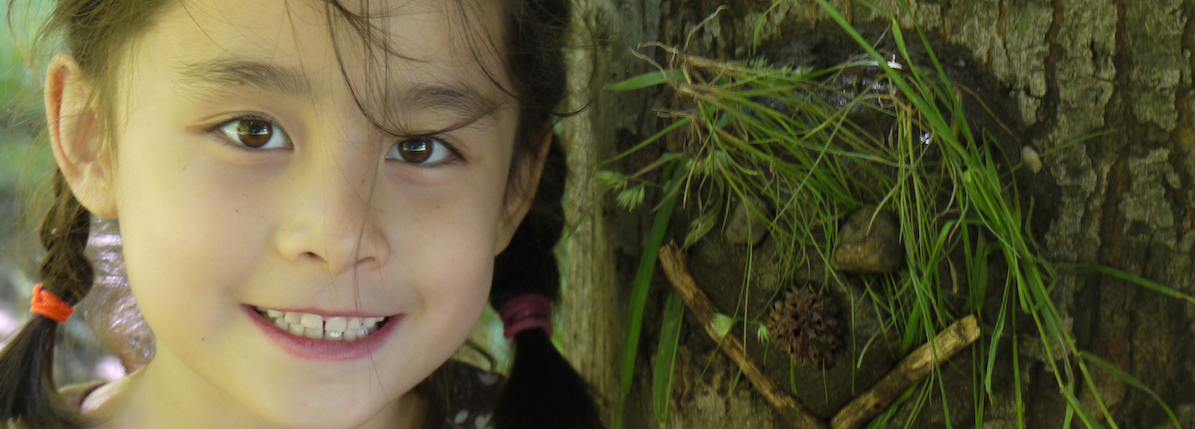Make Music Like Wee Wild Things
-
Age: 0 to 5
-
Time: Under 1 hour
-
Materials: Container with lid per child; rubber bands; water and buckets
- Skills: Creativity, Sensory, Self Esteem
Little kids love to make noise. Even in their first year, they learn to run any new object through a battery of tapping, shaking and banging tests, trying to decipher how many different ways it can make sound, only to repeat, and repeat, whichever way is most pleasing to them. If you are like us, music plays all day long in your home, and a box of instruments, some store-bought and some homemade, is almost perpetually out and in play. Kids love to jam, and, not-so-secretly, so do their parents. This joyful compulsion to create sound means more than that we are simply noisy creatures. Making music is part of the human experience. And it turns out that both enjoying and making music are brain-boosting activities that research shows help kids develop socially, emotionally and cognitively.
The Guide
To initiate this activity, take the indoor music making habit to the great wide open, where you can really get down. Bring a few helpful instrument-inspiring materials but gather most (if not all) that you need from mother nature. Then, you and the kids start making sounds—it pretty much flows from there. Make as many different sounds as you can and let kids just keep making them too. Make up a new rhythm or even a melody. Be as loud as you like. Celebrate each and every new sound or just keep making more.
- Pack a few materials: Start with things you can bang, shake and strum. For example, metal containers to bang, drop or plop objects into; rubber bands to stretch between branches and pluck; and canisters with tops (e.g. yogurt, raisin or oatmeal containers) to fill with pebbles, wood chips, acorns, etc.
- Start with silence: As best you can, encourage everyone to lie down, close their eyes and listen (20 seconds of this is a huge achievement to wee ones). Talk about the many sounds you hear.
- Make your own sounds: Ask kids, "How can we make our own sounds or music outdoors? How many different sounds can we make?" Gather a pair of sticks each and explore how many ways you can use them to make sounds (e.g. bang them together and on logs, trees, objects from home, rub them against rough bark, shuffle leaves or dirt around). At some point, pick up a container and wonder together how you could use that to make even more sounds. Let kids have at it. They may make a whole bunch of sounds or just enjoy making the same sound over and over.
EXTENSION IDEAS
- Add a live Jam session (optional): If you play an instrument or know friends who do, add in some live music that everyone can bang, beat, strum and even dance around to. Have a parade highlighting all of your musical instruments. Or, just sing your favorite songs and bang or clang along.
- Chant a rhythmic poem and kids play along (optional): We love the poem Grassy Grass Grass by Woodie Guthrie, for example. Repeat it a couple of times so kids can pick up and join in with the rhythms and even the words. Teach it to them and give them a chant for life.
- Add some challenge (optional): Play a simple rhythm and see if the kids can follow. If they are into it, keep trying new, increasingly complicated rhythms and challenge kids to repeat them back to you. Stay short and simple if they are enjoying the game but can’t keep up with your trickier patterns. Turn over the reigns and let kids generate a rhythm or two.
- Check out what we recommend for older kids (ages 5+)
Why is this activity great for kids?
When you are in the midst of this activity, especially if you add in some live music, singing, dancing or parading about, you simply feel how joyful making music is for little kids—it’s moving to both body and soul. You’ll likely find yourself hoping that your kids never lose the ability to bang, shake, march or dance with such abandon. When you, old adult, make music and move along with them, you make that wish more possible.
As if this joy were not enough of a benefit, listening for and making sounds are powerful ways to encourage sensory development. Allowing kids to simply play with sound and discover sounds in their own way offers a real chance to develop creativity and problem solving skills. Being musical is also tied to brain development and even success in school. Research shows that participation in music, especially at an early age, can help improve a child’s learning ability and memory by stimulating parts of the brain that are related to memory, language, patterns and emotional development. All of this may explain why participation in musical activities is such a predictor of success in school, college and beyond.


